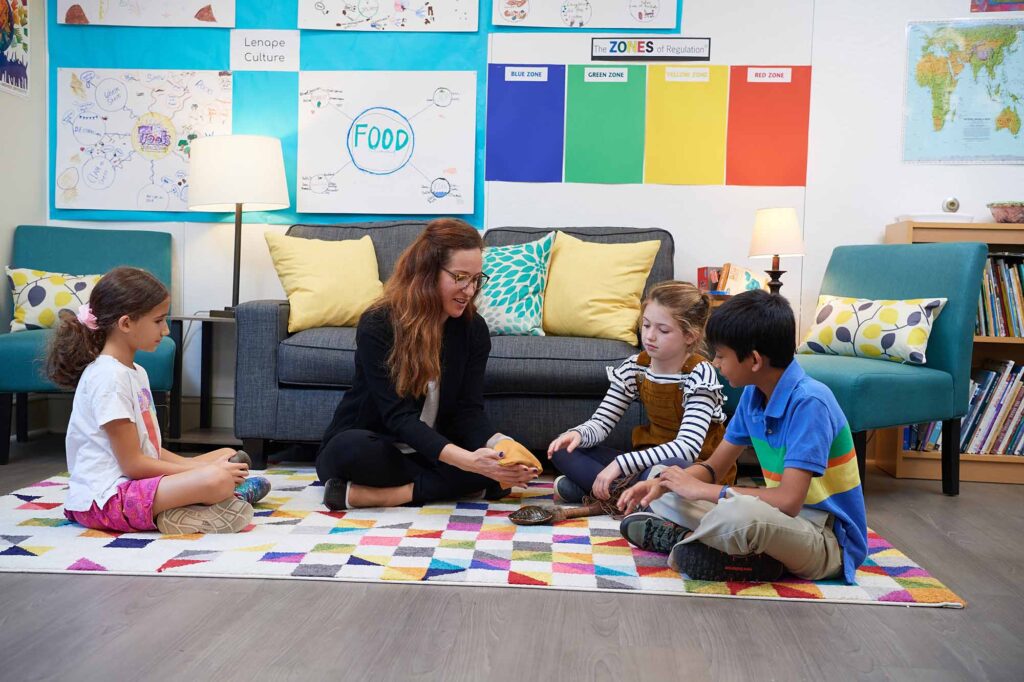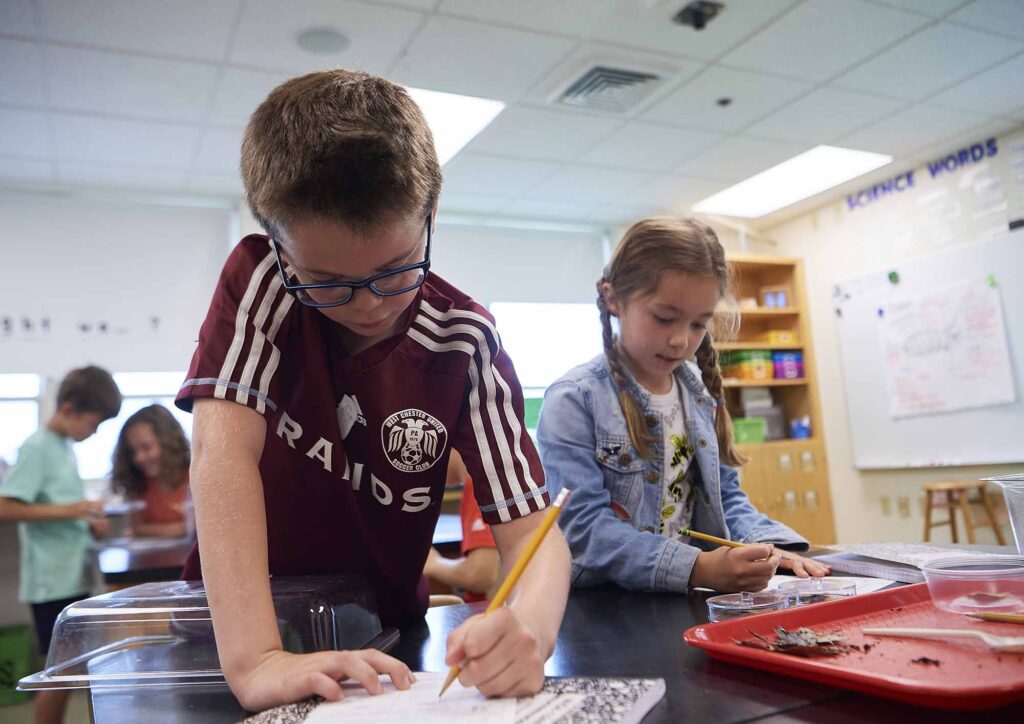- About
- Why ‘Town
- Admission
- Lower School
- Middle School
- Upper School
- Summer Programs
- Academic Calendar
- Athletics
- Arts
- MyWesttown
- Photos
- Support Westtown
- Alums
Our Computational Thinking program in Lower School includes educational technology integration, robotics, and coding. We teach our students ways to understand how a computer “thinks” and how they can work with technology to solve problems. This process helps students learn to break large or complex tasks into smaller steps, be creative problem-solvers, recognize patterns, and develop logical thinking, among other benefits.

Some examples of what this looks like in action are:
